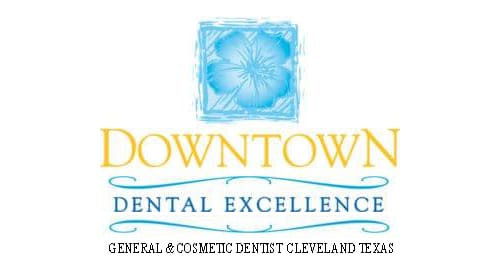All-on-4 Dental Implants vs All-on-6 Dental Implants
The process for having implants placed has significantly improved over the years. In the past, patients needing a new set of teeth had to have several implants placed and often required a jaw bone graft. This would usually require a six month healing period before the dentures or crowns could be placed. Patients with multiple teeth missing will eventually need to pursue oral intervention to avoid an increased risk of infection and maintain jawbone health. Wearing dentures or ignoring missing teeth will lead to patients appearing older than they are due to jawbone deterioration.
All-on-4 dental implants or All-on-6 implants are an increasingly popular method for addressing this issue, primarily because this approach uses fewer implants, the healing process is quicker, and temporary dentures can be placed during the healing process.
If you are considering implant options, talk to your dentist about All-on-4 and/or All-on-6. To better understand the differences between these two procedures, please review the following comparison of the two procedures.
All-on-4 and All-on-6 Similarities
All-on-4 and All-on-6 implants are very similar procedures. The term “All On” refers to the fact that your dentures will all fasten onto these implants. Both treatments offer solutions for patients missing multiple teeth. Whether a patient opts for All-on-4 or All-on-6 implants, the procedure is similar. It begins with the placement of implants, which will maintain structural integrity and support removable or fixed dentures. Although the implants are placed within two to three hours, it takes some time for the implants to bond with your jaw. During this process, temporary dentures will be placed
All-on-4 and All-on-6 Differences
The difference between All-on-4 and All-on-6 is the number of implants: All-on-4 involves four implants and All-on-6 involves six implants. Which method is best for you will depend on your particular case. Certain dental offices will recommend All-on-6 over All-on-4 because they believe it is stronger and provides better stability, which in turn yields a longer lasting smile.
Which Approach is Right for Me?
The number of teeth and roots you have will dictate what type of All-on solution is right for you. Patients that are missing most of their top or bottom teeth typically get All-on-4 dental implants. Patients who have certain teeth or roots remaining are better candidates for All On 6 implants.
There are other factors besides the number of remaining teeth that determine which implant type is right for you, including the density, strength, and amount of jawbone. For example, six implants better distribute the pressure and may be a good solution for patients lacking bone density.
Both All-on-4 and All-on-6 are effective, permanent solutions for patients with missing teeth who are ready to regain their healthy-looking smile. Talk to your dentist about which procedure suits your particular needs and the reasons for their recommendation. The good news is that either approach will make a tremendous positive impact on your overall dental health, and will quickly restore you back to your healthy, natural looking smile!.
More on All on Four Dental Implants : How Much Do All on Four Dental Implants Cost?
